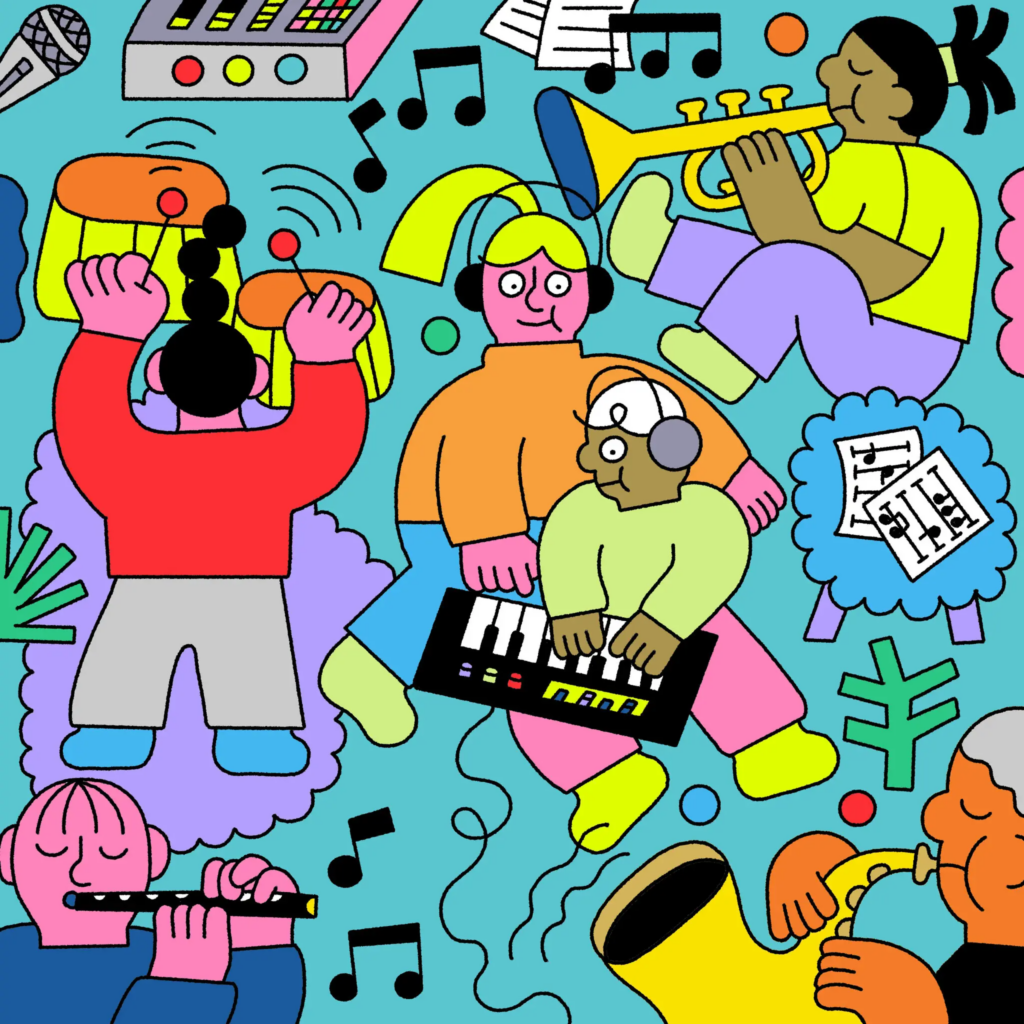In my last blog post, I mentioned some disadvantages with digital educational platforms. I stated that I find it hard to believe that an online music platform could displace the feeling of escape one gets from analog sheet music. For that reason, I will use this blog post to summarize pros and cons with one of the most popular educational music platforms: YouTube piano tutorials. I am basing the reflections on findings from recent research. Why are they so immensely popular? What can we learn?
PROS
Ease of use and accessibility
In comparison to traditional music education, YouTube tutorials are free and easy to access. Everyone with a mobile device and internet can find tutorials and choose between an endless selection of videos. Sheet music is, on the opposite, often behind paywalls with regulated admission, which makes free YouTube tutorials more appealing.
Adaptability
The endless selection of YouTube videos also offers tutorials to a wide variety of musical levels. As a beginner, it is significantly easy to find videos suitable to your own skills, also as the competence improves. Because the user can pause the videos as often as they would like, they also get the opportunity to watch the videos in their own pace. This might be less stressful than adapting to the music instructor’s preferred pace, who also evaluate every move of the student thoroughly.
Inner motivation
To find joy in music, it is crucial to find your own inner motivation. For some people, traditional music educations means being forced to play music pieces chosen by the instructor. When people use music tutorials, it is most likely because they really want to learn to play a specific song. They are not being told what to do or forced to play someone else’s favorite music piece. They make their own choices as a result of inner motivation, which then again makes it easier to improve musical competence.
Fun and easy to understand
YouTube tutorials instruct both which key to press and when to press it (timing). The user interface is easy to understand, and they do not use any new difficult symbols that could scare beginners. This means that near anyone could learn how to play a song on the piano without any prior competence. To learn sheet music, you need to start slow and often with the easiest children’s songs to get used to the different symbols, which could feel demotivational for some people. The use of colors and effects in YouTube tutorials also makes it look more fun and like a game, which appeals to the brain’s reward system.
CONS
Lack of social interaction
According to the Grammy-nominated drummer Sammy Miller from my latest blog post, it is advantageous to learn music together with other people. Social interaction and especially cooperation motivates students to achieve musical goals. YouTube tutorials are most often used by individuals alone, which means that the positive effects of co-playing and learning are not being achieved.
Zero digital escape
Use of traditional music sheets gives the brain a break from screen devices and stimulates the brain in a different way. It is easier to concentrate and escape from the digital everyday life. When using tutorials on YouTube, the valuable time spend in front of the piano could be also disturbed by advertisements and notifications. This distracts the deep focus and possibilities to improve musical skills without getting exhausted too fast.
Lack of self-esteem and feeling of mastery
In my third blog post, I wrote about the findings of Toril Siksjø’s master thesis at the Norwegian Academy of Music in 2015. The article researched the use of YouTube tutorial videos in musical education. The most interesting results from her article was how the different students evaluated their own musical competence after following YouTube tutorials instead of traditional teaching. It seems like digital music education such as tutorial videos result in a lower self-esteem and feeling of mastery among the students.
Lower level of theoretical comprehension
As mentioned earlier, YouTube tutorials show the user which key to press and when to press it. But it does not require any understanding of which musical tone the key corresponds to. This means that a user can learn how to play numerous songs, without actually knowing what they are playing. They get used to the placement of keys and typical patterns in different songs, but one could argument that it does not give them the fundamental musical understanding. This means that it does not necessarily get easier to learn a new song after spending hours on the first. The curve of skill development may not be affected by the number of hours spent in front of the piano/screen.
___________________________________________________________________________________________________
To conclude my findings, digital education in form of YouTube tutorials leads to both good and bad effects for the user. For beginners, it is a good way to learn new songs in a fast and easy way, not requiring a lot of money or prior competence. Because of the visual appealing user interface, it appears fun and motivating. On the other hand, it does not help much with the theoretical musical understanding and competence improvement. It could work great as a quick fix, but in a long-term perspective, music education in an analog format probably works better.
